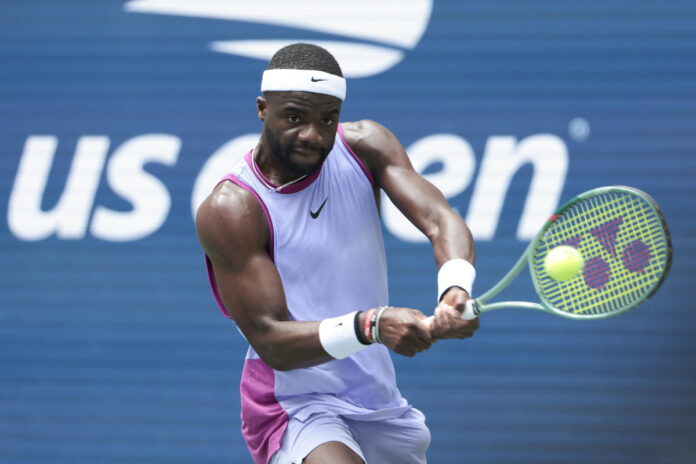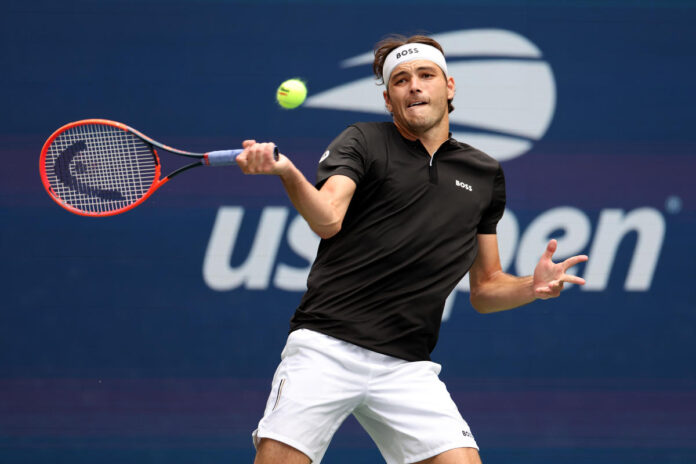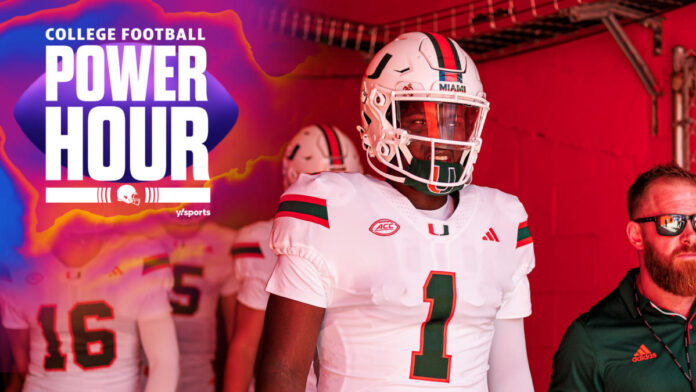Israeli Foreign Minister Israel Katz reportedly warned the French government on Thursday that Jerusalem has reason to believe state sponsor of terrorism Iran is planning to attack its citizens during the 2024 Paris Summer Olympics, scheduled to begin on Friday.
The suspicion — reportedly relayed in a letter to French Foreign Minister Stephane Sejourne — surfaced in a report following public safety alerts for Israeli citizens from Israel’s national security authorities and a barrage of death threats directed at the Israeli delegation. The Paris Olympics will feature ambitious presentations expected to require tens of thousands of police and security personnel, beginning on Friday with an unprecedented Opening Ceremonies parade of vessels down the river Seine.
“We currently have assessments regarding the potential threat posed by Iranian terrorist proxies and other terrorist organisations who aim to carry out attacks against members of the Israeli delegation and Israeli tourists during the Olympics,” the letter from Katz to Sejourne, which Reuters claimed to have obtained, read in part. Reuters reported that the letter did not offer any more detail, and the French government did not comment on the matter.
The French sports newspaper L’Equipe reported on Friday that French police are investigating at least one threat against Israeli President Isaac Herzog, who is in Paris to attend the Opening Ceremonies. The threat allegedly surfaced on social media, and the report on the matter did not directly implicate the Iranian government in the possible attack.
The Iranian government rapidly condemned the Reuters report, though its state-run propaganda outlets have, for years, published materials meant to inspire hatred against Israel and, recently, active unrest in Paris against the presence of Israeli athletes at the Olympics.
“Terrorist acts have no place in the principles of resistance groups,” the Iranian mission to the United States said in a statement on Friday, according to the Iranian propaganda outlet PressTV. “Lies and deceit cannot switch the roles of the plaintiff and the accused.”
The “axis of resistance” whose “groups” the mission referred to is a consortium of violent groups widely recognized as terrorist organizations that benefit from Iranian funding, including Lebanese Hezbollah, the Yemeni Houthi organization, and Hamas, the Palestinian group responsible for the unprecedented massacre of 1,200 people and abduction of more than 200 others from Israel on October 7, 2023.
WHAT YOU NEED TO KNOW: Horror of the Hamas Terror Attack on Civilians at Kibbutz Be’eri in Israel
Joel B. Pollak / Breitbart News
Paris awoke on Friday morning to the news of a mass string of “sabotage” attacks on its railways that the national train operator SNCF described as “arson attacks.” The agency in charge estimated that disruptions to high-speed rail had affected 800,000 people and would continue to have “very serious consequences” on transportation all weekend, the first weekend of Olympic competition.
Katz accused Iran of being behind the attacks in a message posted to social media on Friday.
“The sabotage of railway infrastructure across France ahead of the @Paris2024 Olympics was planned and executed under the influence of Iran’s axis of evil and radical Islam,” Katz wrote on X. “As I warned my French counterpart @steph_sejourne this week, based on information held by Israel, Iranians are planning terrorist attacks against the Israeli delegation and all Olympic participants.”
“Increased preventive measures must be taken to thwart their plot. The free world must stop Iran now – before it’s too late,” he warned.
The sabotage of railway infrastructure across France ahead of the @Paris2024 Olympics was planned and executed under the influence of Iran’s axis of evil and radical Islam. As I warned my French counterpart @steph_sejourne this week, based on information held by Israel, Iranians…
— ישראל כ”ץ Israel Katz (@Israel_katz) July 26, 2024
The Israeli delegation to the Olympics has received multiple death and other threats throughout the week. The Times of Israel reported that 15 athletes received emails from a previously unknown group calling itself the “People’s Defense Organization” threatening to repeat the massacre of Israeli athletes at the 1972 Munich Olympics. Some athletes received fake invitations to their own funerals, featuring their photos and death dates in the upcoming week.
Today marks 50 years since 11 members of the #Israeli Olympic team were taken hostage and eventually murdered by the #Palestinian terrorist group “Black September” at the 1972 Olympic Games in Munich. This heinous attack became known as the #MunichMassacre. We remember.🕯️ pic.twitter.com/9B9kfgvhHg
— StandWithUs (@StandWithUs) September 5, 2022
The Israeli National Security Council warned its citizens to remain vigilant if attending the Paris Olympics.
“International events like these tend to be desirable targets for threats and attacks by terrorist groups, given the considerable media attention that a ‘successful’ terrorist attack at an Olympic event would receive,” the council explained in a public message, “various terrorist organizations and mostly Global Jihad groups, Hamas, and Shiite terrorist organizations (Iran and Hezbollah), are working relentlessly to harm Israelis and Jews in Israel and abroad.”
The Paris Olympics are scheduled to begin on Friday night local time with the Opening Ceremonies, which will feature an unprecedented nautical athlete parade. French authorities have promised thousands of officers on duty to ensure a safe ceremony.
Follow Frances Martel on Facebook and Twitter.








































